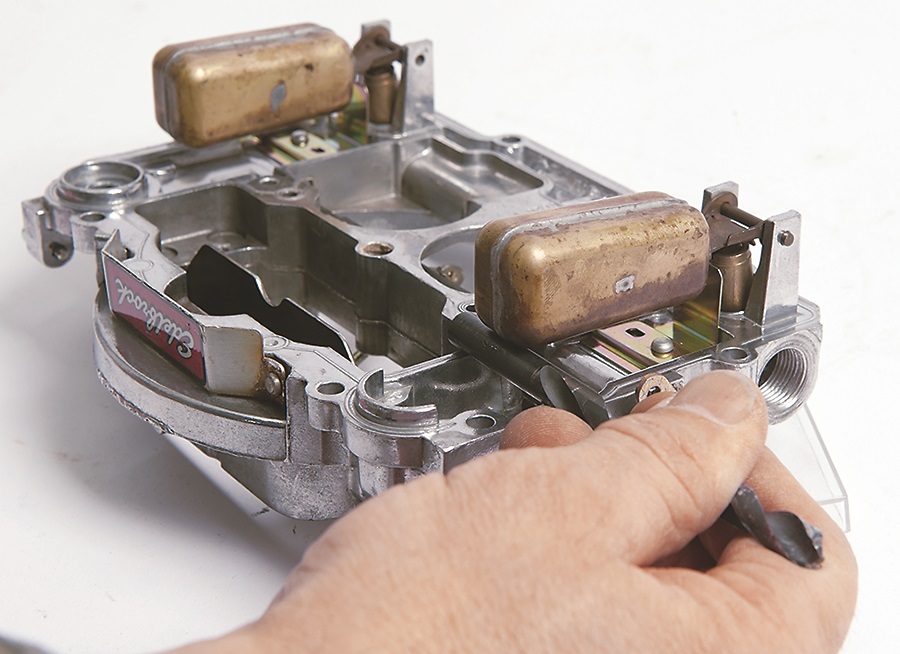Q: I was shopping around for a new carburetor recently, and I noticed some carburetors being described as calibrated and ready-to-run out of the box. Is there really such thing as a “ready-to-run” carburetor? Don’t most carburetors require some amount of tuning after installation?
A: While most aftermarket carburetors are wet-flow tested and calibrated for ready-to-run operation at the factory, some settings can be knocked off-kilter during shipping. But with a little care and tuning, your new carburetor will be back to factory specifications, and ready to deliver maximum performance.
First, you’ll want to check the float levels. Carburetors with an external float adjustment and sight window or an inspection hole can be set after the carb is installed. You should prime the carb, and then check the float level prior to starting the engine. Other carburetors must be opened to access and set float levels, so this procedure is best performed before the carb is installed.
With the carb installed and the floats set, it’s time to set the air/fuel idle mixture screws. Attach a vacuum gauge to an intake manifold vacuum source, start the engine, and inspect for leaks (stop and repair any leaks before continuing). Once the engine is at operating temperature, slowly turn the first idle mixture screw clockwise until the vacuum reading begins to drop. Now, turn the screw counterclockwise until the gauge reads the highest point of vacuum. Repeat this procedure on each idle mixture screw, revisiting each screw several times to balance all of the mixtures.
If your idle mixture adjustments do not lower the vacuum level (even with screws all of the way in), the carb’s throttle blades may be open too far. This can expose and draw fuel out of the fuel-transfer slots. Try lowering the idle rpm by adjusting the curb-idle speed screw on the side of the carburetor.
Modified engines and aggressive camshafts will require additional carburetor tuning. Books like SA Design’s How to Super Tune and Modify Holley Carburetors and How to Rebuild and Modify Carter/Edelbrock Carburetors are excellent resources for these applications. As always, follow the manufacturer’s recommendations and instructions, and keep safety in mind when working with fuel.
…


I myself have never had any issues with Holley carbs, I even have a tunnel ram on a big block and have two 600’s right out of the box and surprised me didn’t have to change jets or anything ran great, just my 2 cents worth
1405 and 1406 Edelbrock carbs are ones I love using. So much easier to tune and adjust than Holleys are, IMO. You just about have to tear the Holley apart to do just minor adjustments. Have Edelbrocks on both of mine and love em.